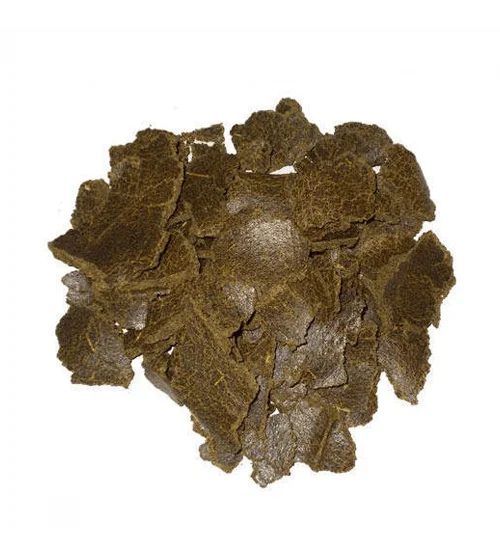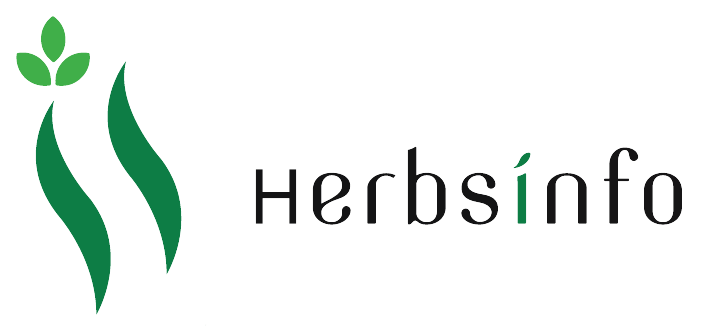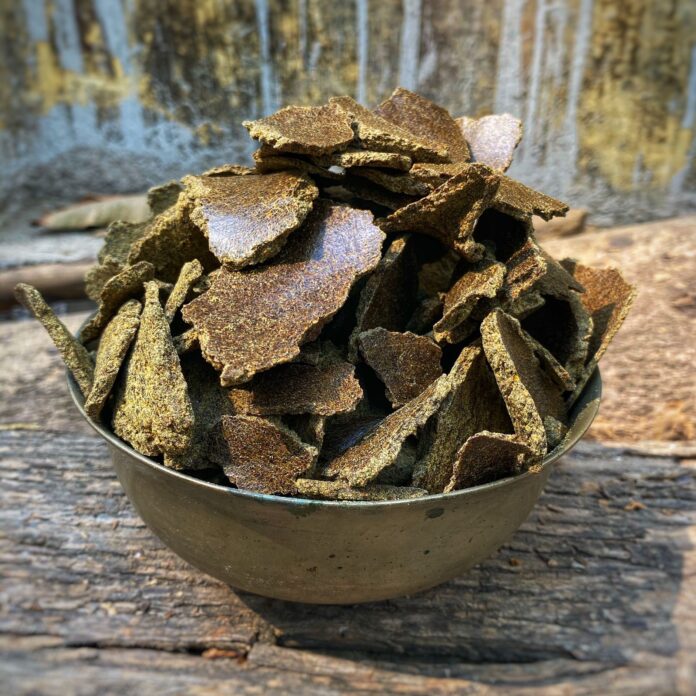INTRODUCTION:

Mustard straw, a byproduct of mustard crop harvesting, is gaining increasing attention for its diverse applications and sustainability potential. After mustard seeds are extracted for oil and culinary use, the leftover stalks—known as mustard straw—are often treated as agricultural waste. However, due to its fibrous structure and bio-composition, mustard straw holds significant value in areas such as animal fodder, organic composting, paper production, and even as a raw material for eco-friendly bioenergy and packaging alternatives.
Hindi: सरसों की स्ट्रॉ (Sarson ki straw)
Bengali: সরিষার স্ট্রো (Shorishar stro)
Tamil: கடுகு ஸ்டிரா (Kadugu stra)
Telugu: ఆవాల స్ట్రా (Aavaala stra)
Kannada: ಸಾಸಿವೆ ಸ್ಟ್ರಾ (Saasive stra)
Malayalam: കടുക് സ്ട്രോ (Kaduk stro)
Marathi: मोहरीची स्ट्रॉ (Moharichi straw)
Gujarati: રાઈ ની સ્ટ્રો (Rai ni stro)
Punjabi: ਸਰੋਂ ਦੀ ਸਟ੍ਰਾ (Saron di stra)
Urdu: سرسوں کی کھلی (Sarson ki khali)
HEALTH BENEFITS:

Benefits for Plants and Soil
Rich in Essential Nutrients:
It is a great source of NPK, which are crucial macronutrients for healthy plant growth and development.
Provides Micro-nutrients:
Sarson ki khali also supplies various essential micro-nutrients, such as magnesium, sulfur, manganese, and zinc, that are vital for a balanced plant diet.
Enhances Plant Growth:
The balanced nutrient profile stimulates overall plant growth, leading to stronger plants with more vibrant flowers and fruits.
Boosts Flowering and Fruiting:
By providing essential nutrients, it stimulates more robust and vibrant flowering and fruiting in plants.
Improves Soil Health:
It enriches the soil, improving its structure, enhancing its ability to retain moisture, and encouraging the activity of beneficial soil microbes.
Disease Prevention:
It helps make plants healthier by preventing certain diseases.
Natural Weed Control:
When applied to the soil, it has properties that can discourage weed growth.
As Animal Feed
High in protein (about 35–40%), making it beneficial for cattle, buffaloes, goats, etc.
Especially useful for milch animals (milk-producing), as it helps increase milk yield.
Must be given in moderation — raw mustard cake contains compounds that can be toxic in excess, so it’s often processed before use.
SIDE EFFECTS:

Toxicity to Animals (If Overfed)
Contains glucosinolates and other anti-nutritional compounds which can be harmful in large amounts.
Excessive feeding to livestock (cows, goats, etc.) can cause:
Digestive disturbances
Thyroid problems (goitrogenic effects)
Reduced feed intake
In severe cases, poisoning and health deterioration
Always feed in limited quantities and preferably after proper processing (like heating or detoxification).
2. Soil Toxicity (If Overused)
Using too much mustard cake as fertilizer can lead to:
Soil becoming acidic or imbalanced.
Excess nitrogen causing nutrient burn to plants.
May inhibit growth of some sensitive plants if applied excessively.
3. Allergic Reactions
Handling mustard cake powder can cause skin irritation or allergies in sensitive individuals.
Avoid direct prolonged contact and use gloves if needed.
4. Phytotoxicity (Plant Toxicity)
Undiluted mustard cake extract or excessive application may harm seedlings or delicate plants.
Always dilute when using as liquid fertilizer and test on a small patch first.
HOW TO USE:
Direct Soil Application:

Mix 2–3 kg of mustard cake per 10 square meters of soil.
Work it into the topsoil before planting.
It will slowly release nutrients and improve soil fertility.
Liquid Fertilizer (Mustard Cake Tea):
Take 100 grams of mustard cake.
Soak it in 1 liter of water for 3–4 days.
Stir daily, then strain the liquid.
Use this water to irrigate your plants every 7–10 days.
Avoid using on young seedlings directly; do a small patch test first.
2. As Animal Feed
For Cattle (Cows, Buffaloes, Goats):
Mix mustard cake with other feed components (like hay, grains).
Use up to 5-10% of the total feed to avoid toxicity.
It’s better to feed processed or roasted mustard cake to reduce harmful compounds.
Consult a veterinarian or animal nutritionist for proper dosage and mixing.
3. As Pest Repellent in the Field
Mix mustard cake into the soil before planting to help reduce nematodes and soil pests.
Can also be sprinkled lightly around plants as a natural pest deterrent.
Important Tips:
- Do not overuse mustard cake, either in soil or as feed.
- Always dilute if using as liquid fertilizer.
- Monitor plants and animals for any adverse reactions.
- Combine with other organic fertilizers or feed ingredients for balanced nutrition




